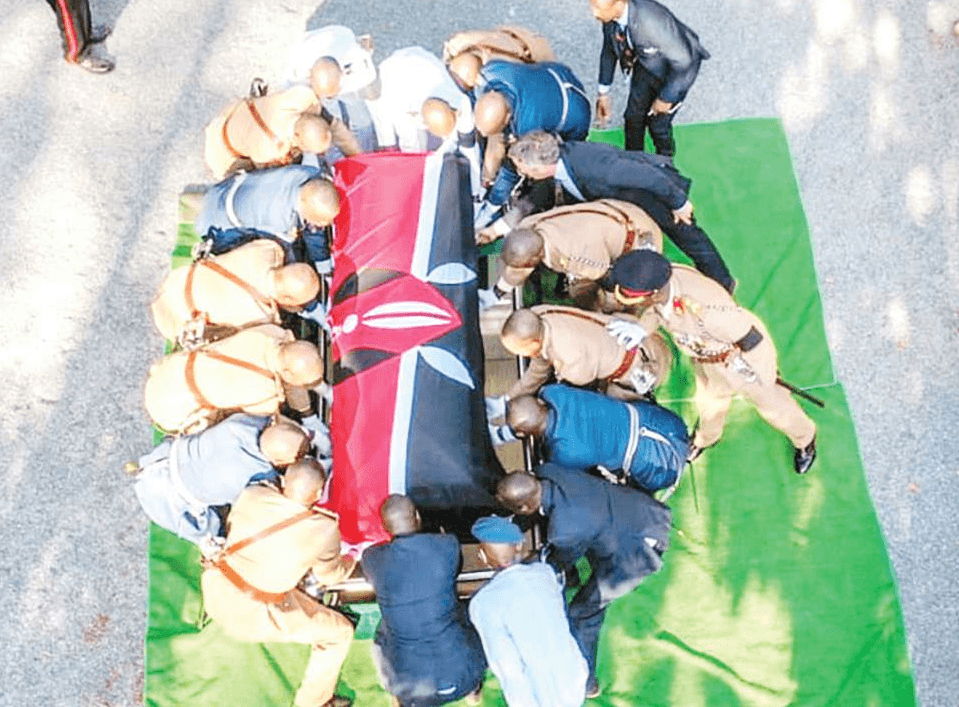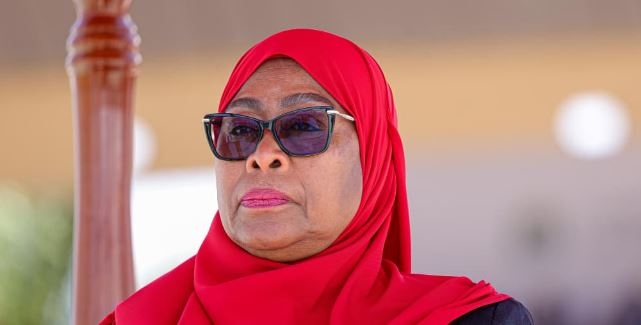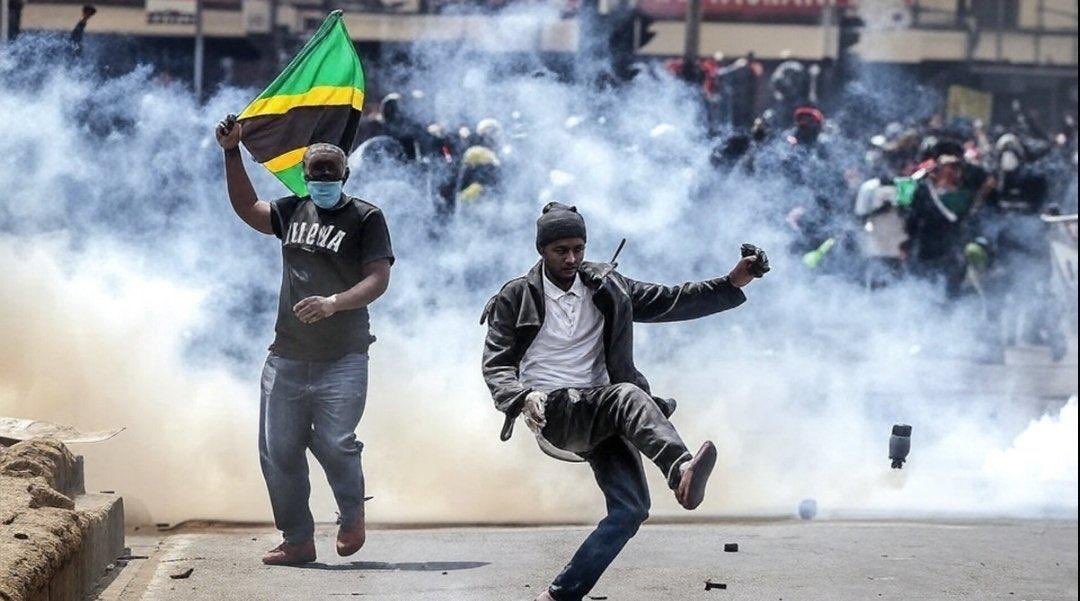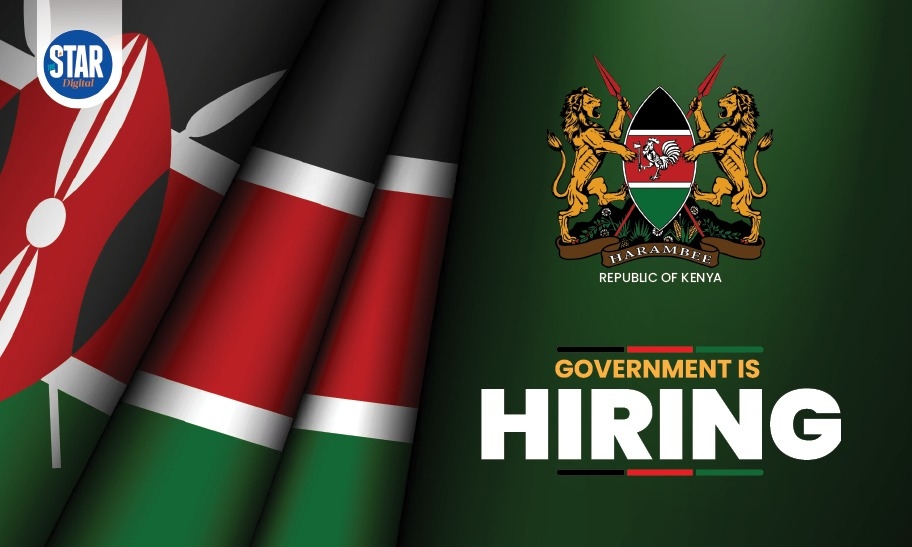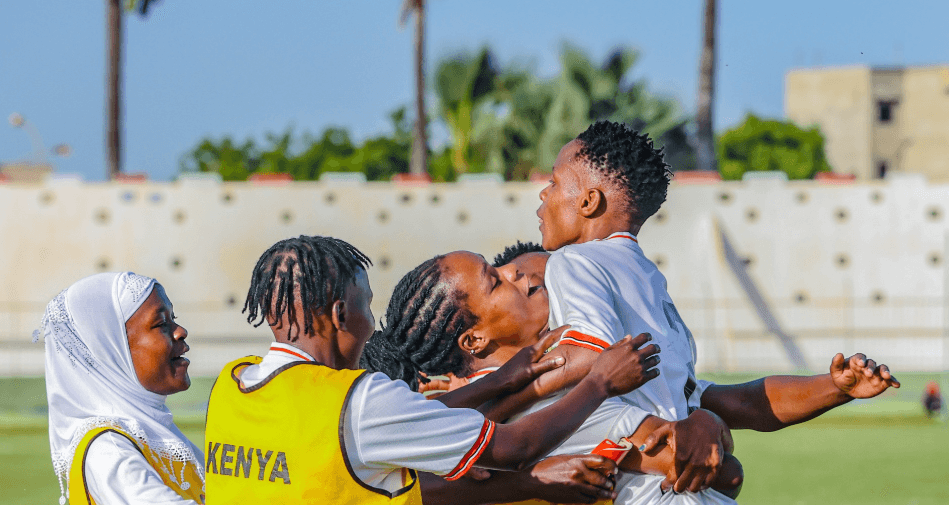
 Harambee Starlets players celebrate/HANDOUT
Harambee Starlets players celebrate/HANDOUTFor nine long years, silence lingered where songs of triumph once rose.
Kenya’s Harambee Starlets — the forgotten queens of our game — vanished from the continental stage, buried beneath the dust of neglect and the weight of unfulfilled promise.
Then, on a humid night in Thiès, Senegal, under a restless sky, the silence broke. The Starlets, reborn and unbowed, defeated Gambia’s Queen Scorpions 4–1 on aggregate, sealing their passage to the 2026 Women’s Africa Cup of Nations in Morocco.
It was more than victory; it was resurrection — the sound of destiny exhaling after years of suffocation.
The Starlets returned not with noise, but with grace. With precision. With a vengeance measured not in fury, but in beauty.
Their last appearance on the continental stage came in 2016 — a debut embroidered with innocence and conviction. Back then, Kenya saw in them the soft light of promise.
But dawns can be brief. Soon, federation wrangles, unpaid allowances, and the slow decay of indifference dimmed that light. Talented girls hung up their boots, dreams withered, and Kenya’s women’s football became a lament whispered in forgotten training grounds.
Now, the narrative has shifted. For the first time in years, the Starlets were treated not as footnotes but as front-page heroes. The government’s commitment — through proper funding, logistics, and bonuses — gave them something every athlete craves: dignity.
President William Ruto’s administration finally turned words into action, and the results glistened beneath the Senegalese floodlights.
The women who once carried Kenya’s pride were left training on borrowed fields, often unpaid, unseen, and unheard.
In those forgotten years, they learned endurance — not from policy or structure, but from the stubborn instinct to survive.
Thiès was not just a venue. It was a rebirth. There was rhythm in their passing, composure in their formation, and hunger in every run. It was football as resistance — grace reborn through hardship.
When the final whistle came, the celebration was not loud; it was sacred. Some wept. Others knelt. The moment felt less like triumph and more like homecoming.
After years of improvisation and indignity, things finally worked. Funding arrived on time. Allowances were honoured. Travel was orderly. The anthem played without pause.
And in that quiet professionalism — that long-denied respect — they found liberation. Kenyan athletes rarely ask for miracles. They only ask to be treated as equals.
Yet beyond the confetti lies a sobering truth: women’s football in Kenya remains fragile, still learning to breathe on its own.
The domestic league stumbles between seasons. Youth programmes are scattered, underfunded, and often forgotten.
If this qualification is to mean anything lasting, the Football Kenya Federation must see it not as an ending, but as an awakening.
Women’s sport in Kenya does not need pity or promises — it needs permanence. It needs policies that protect progress, coaches who nurture talent, and schools that turn interest into opportunity.
From Kisumu’s muddy fields to Kilifi’s windswept shores, a quiet revolution has begun. Little girls now chase the ball with new conviction, their reflections visible on a continental stage. That vision may yet prove stronger than any trophy.
The road to Morocco will be hard, lined with giants — Nigeria’s Super Falcons, South Africa’s Banyana Banyana, Morocco’s Atlas Lionesses. But the Starlets will travel as believers, not dreamers. Their boots carry memory and mission; their eyes, resolve.
This is not about erasing nine years of loss, but about transforming them — turning resilience into rhythm, endurance into art.
As dawn rises over Nairobi, the nation sees its daughters anew — women who refused to disappear, who stitched hope where institutions failed, who turned silence into song.
Their story is no longer just football’s story. It is Kenya’s story — of rebirth, of quiet power, of the unyielding truth that when women rise, a nation finds its pulse again.
And as they march toward Morocco, the anthem resounds — not as ceremony, but as promise: that the Harambee Starlets have returned, not merely to compete, but to remind Kenya of what it once was — and what, through them, it can become again.









![[PHOTOS] How Suluhu’s swearing in went down](/_next/image?url=https%3A%2F%2Fcdn.radioafrica.digital%2Fimage%2F2025%2F11%2F9cbad8a5-9bff-410e-b157-a335c61d6d8d.jpg&w=3840&q=100)

